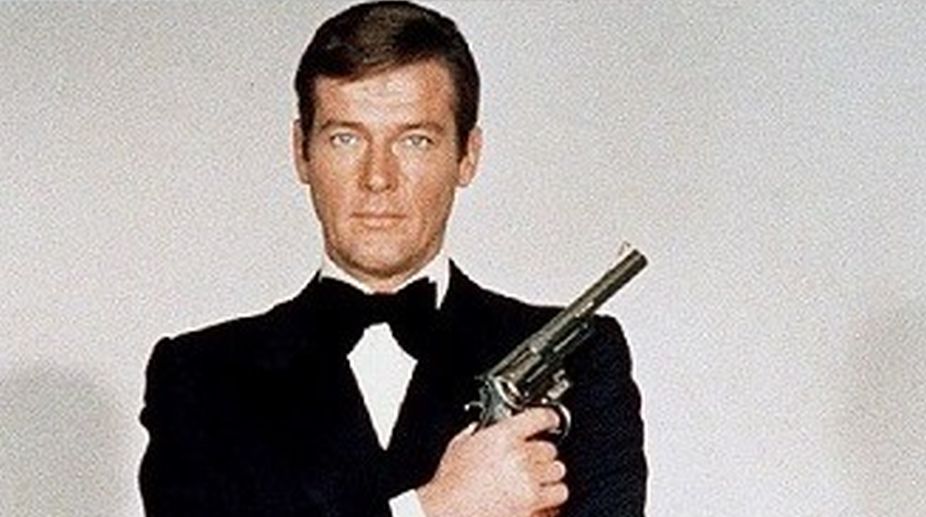In the battle of the Bonds, Roger Moore — who died at 89 on Tuesday — was almost always considered to be second best to Sean Connery. In his handmade shirts, fiddling at his cuff links, he was seen as too dapper, too refined.
“Moneypenny,” he’d murmur at Lois Maxwell, arching those eyebrows which many thought were his most expressive feature.Whereas Connery was all machismo and bristling resentment of the status quo, Moore fitted right in.
“He had what we called the ‘arrow collar’ look —too buttoned-down smart,” Bond producer Cubby Broccoli said of him when he was first casting 007. “I could see, though, that he would develop into the character we wanted, which he did…” Broccoli added.
Bond is inevitably the starting point for any discussion of Moore’s career. During the 1960s and early 1970s, when he was appearing as Simon Templar in The Saintand then alongside Tony Curtis inThe Persuaders! for Lew Grade, Moore was already a household name. Those roles can both be seen as dry runs for Bond. He was dapper, smooth, posh — and certainly closer to Ian Fleming’s conception of Bond than Connery. What Moore’s detractors failed to notice was his size and physicality. Moore was more than 6ft tall and very athletic.
He wasn’t just some Rex Harrison or David Niven type in a tuxedo. His closest screen comparison was probably Cary Grant — even if he lacked Grant’s fleetness of delivery and movement. In his own dry way, he was very funny. In the Bond films, he played the straight man to the ever more outrageous series of character actors cast alongside him. Whether it was Clifton James’ Dukes Of Hazzard-like Sheriff JW Pepper in Live And Let Die and The Man with the Golden Gun, Richard Kiel’s Jaws in The Spy Who Loved Me and Moonraker or, most bizarrely, Grace Jones’ May Day in A View to a Kill, his unflappable Britishness set off their foibles to perfection. Roger Moore’s screen persona was as much of a construct as that of Cary Grant. He didn’t grow up arching his eyebrows and wearing blazers.
In fact, Moore was from a relatively modest background. He was a grammar-school boy from south London. His father, George Alfred Moore, was a policeman — one presumes in the Jack Warner mould. Roger did national service, attended Rada and made a very unprepossessing start in the movie business in the 1940s. He was an uncredited extra in Gabriel Pascal’s ill-fated and very expensive George Bernard Shaw adaptation, Caesar and Cleopatra(1945); he played a small part as a “stage door Johnny” in musical comedy Tottie True (1949), about gaiety girls in the 1890s. The best roles then were going to actors like James Mason and Stewart Granger — and he wasn’t getting much of a look-in. Moore’s second wife Dorothy Squires is credited with giving him the impetus to get ahead in the movie business. She was a tempestuous and very colourful personality, likened by some to a “British Edith Piaf”, 13 years older than him who took him to Hollywood.
Moore began to get roles at MGM. He appeared low down the cast list but alongside Elizabeth Taylor and Van Johnson in the F Scott Fitzgerald adaptation, The Last Time I Saw Paris(1954.) He wore a beard and fought a gigantic pig while providing the love interest to Lana Turner in costume melodrama Diane (19- 56). “Look out for your hearts, girl, this Roger Moore is going places in pictures. He’s quite a fella,” the film’s trailer warned. Moore later used to credit Turner for teaching the secret of giving a convincing
The Independent.











